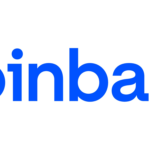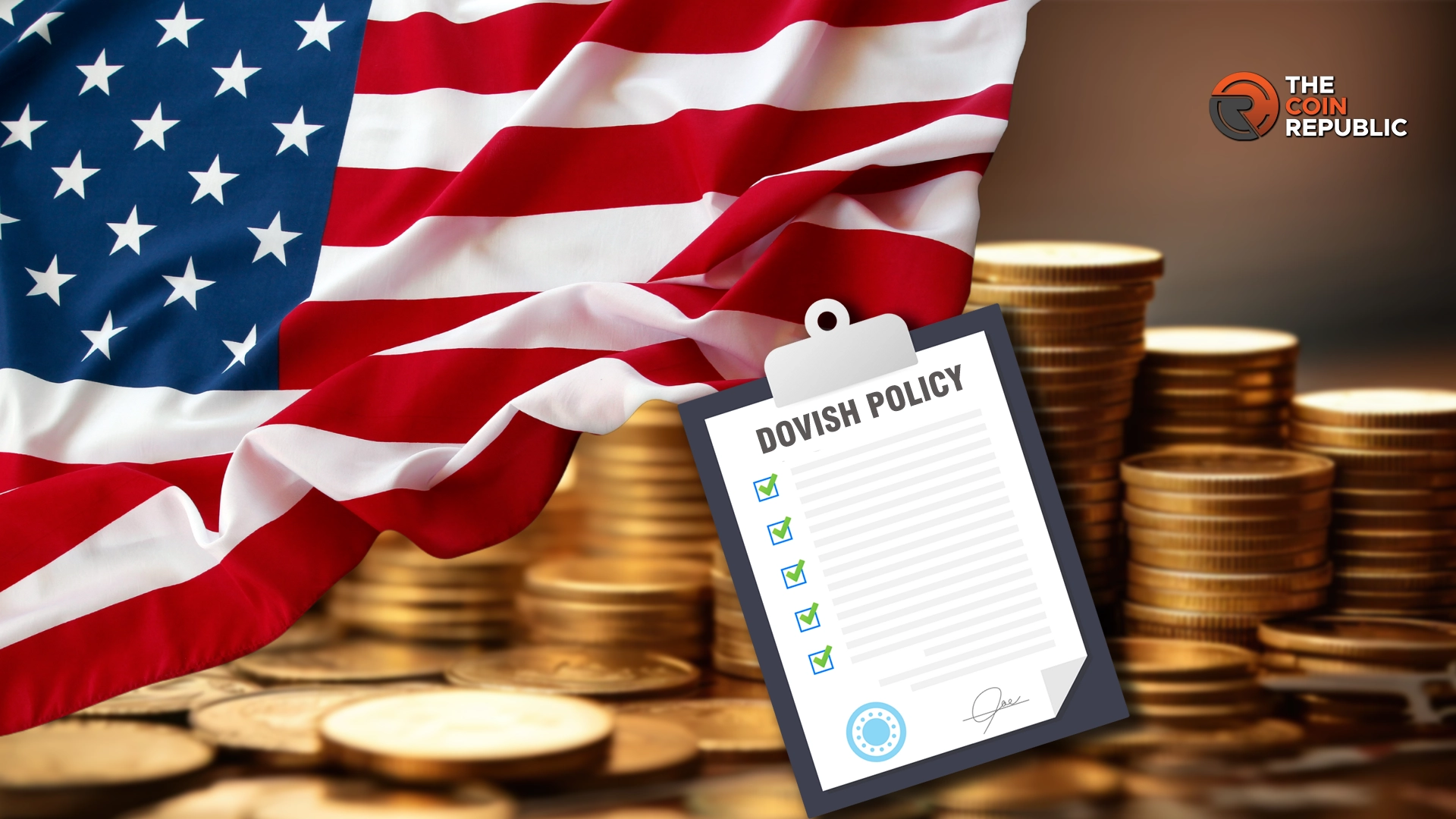Digital asset investment products recorded an increase in inflows in the previous week. This was the largest such increase in two months.
CoinShares reported that investors pumped $1.2 billion into the products. Primarily, in the hope of a more lenient monetary policy in the United States. This brings the total to three weeks of net inflows, with the US-based funds being the main source of the total.
Bitcoin Funds Lead with $1 Billion Inflows
Bitcoin related products alone accounted for the biggest share, with $1 billion invested in total. This was mainly due to positive expectations about the monetary policy and the changes in the US regulatory environment.
The U.S. Securities and Exchange Commission (SEC) has recently given green light to physically settled options associated with BlackRock’s physically settled Bitcoin ETF (IBIT), which positively impacted investor confidence in this sector.
Nonetheless, the inflow of capital increased, which is a positive sign. Trading activities in digital asset funds declined by 3.1% in the same week, indicating that the sentiment improvement did not translate into similar activity.
Bitcoin gained 3.5% in value over the period to $63,456. But fell 3.12% in the last 24 hours of the report.
Ethereum Funds Recover with $87 Million in Inflows
Ethereum investment products, which have been recording outflows for the last five weeks, recorded net inflows of $87 million. This inflow marks the first positive movement since early August.
The rebound is significant as there were fears that institutional investors were losing interest in Ethereum following large redemptions in the past few weeks.
For instance, on September 23, Ethereum ETFs had outflows of 79 million dollars, and Grayscale’s Ethereum ETF was the biggest player in outflows.
On the other hand, interest in U.S.-based Ethereum funds picked up last week, with U.S. spot Ethereum ETFs contributing $85 million of total inflows.
This is the greatest weekly inflow for Ethereum products in two months. However, the price of Ethereum remained under some pressure, and was trading at $2,600.34 at the time of writing, with a seven-day loss of 1.94%..
Diverging Sentiment Across Regions and Altcoins
However, other regions had different dynamics: the inflows in the U.S. and Switzerland were high, while the outflows were noted in other regions. While Swiss-based funds attracted $84 million in net new assets, the largest since mid-2022, Germany-based and Brazil-based funds saw outflows of $21 million and $3 million respectively.
The divergence indicates that while global investors are increasingly interested in digital assets, sentiment differs between markets.
In altcoins, sentiment was also divided. Investments in Solana funds shed $4.8m while litecoin and Ripple recorded a net inflow of $2m and $0.8m respectively.
On the other hand, Binance Coin and Stacks saw $1.2m and $0.9m outflows respectively. These trends suggest that although interest in Bitcoin and Ethereum is picking up again, altcoins are still a more volatile asset class.
Outlook Driven by U.S. Monetary Policy
The driving force behind the latest inflows seems to be investors’ expectations of a change in the Federal Reserve’s stance to a more accommodative one. As the Federal Reserve slashes interest rates and it is expected to cut further, investors have turned to digital assets as an investment option.
As a result, there has been a 6.2% growth in the overall asset under management (AUM) across the industry as highlighted by CoinShares.
However, as the inflows (showing increasing investor confidence) are still comparatively recent, it remains uncertain as to how long this trend will continue, particularly given the volatility of trading volumes and the differing attitudes in different areas.
As the U.S. Monetary Policy remains the key driver to the market movement, Digital asset funds may remain popular, especially with more regulatory advancements like more Bitcoin and Ethereum ETFs coming to the market.









